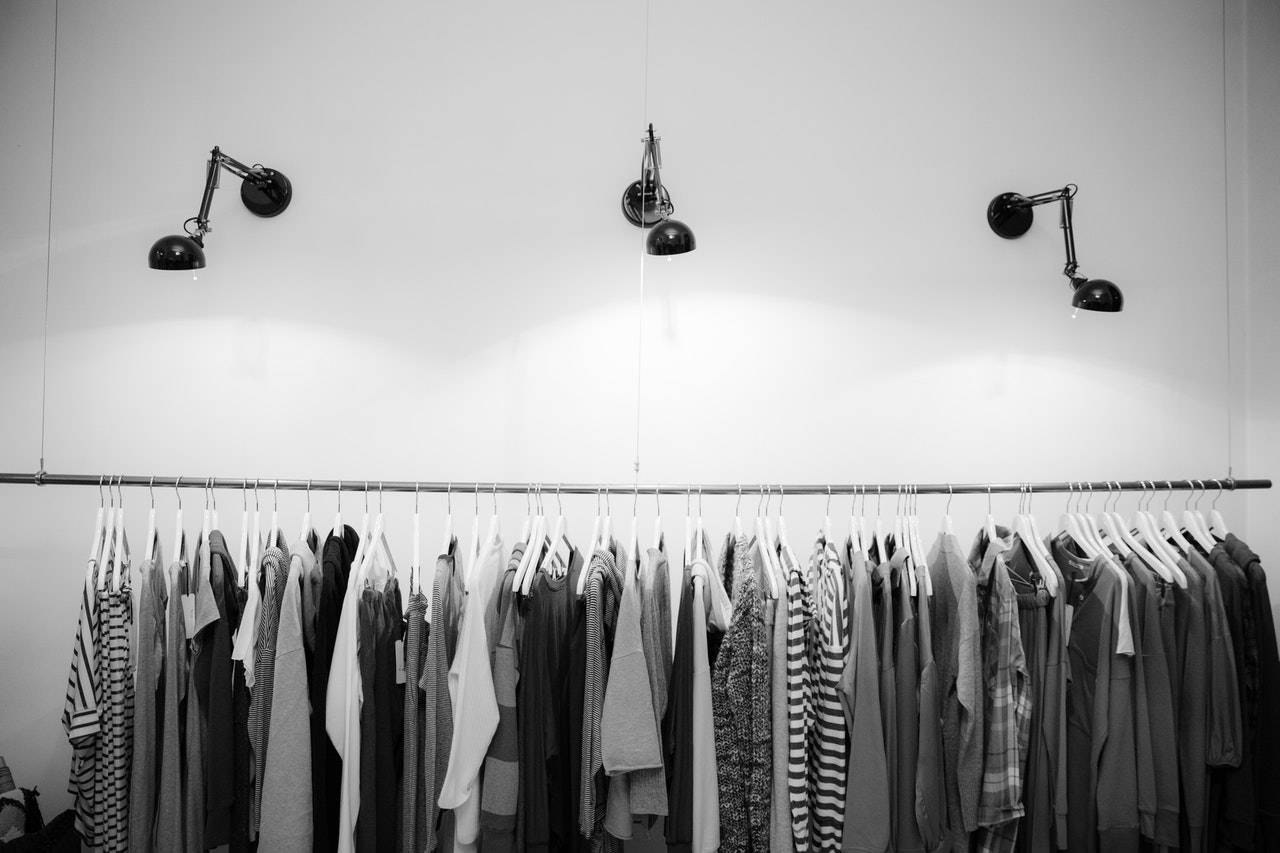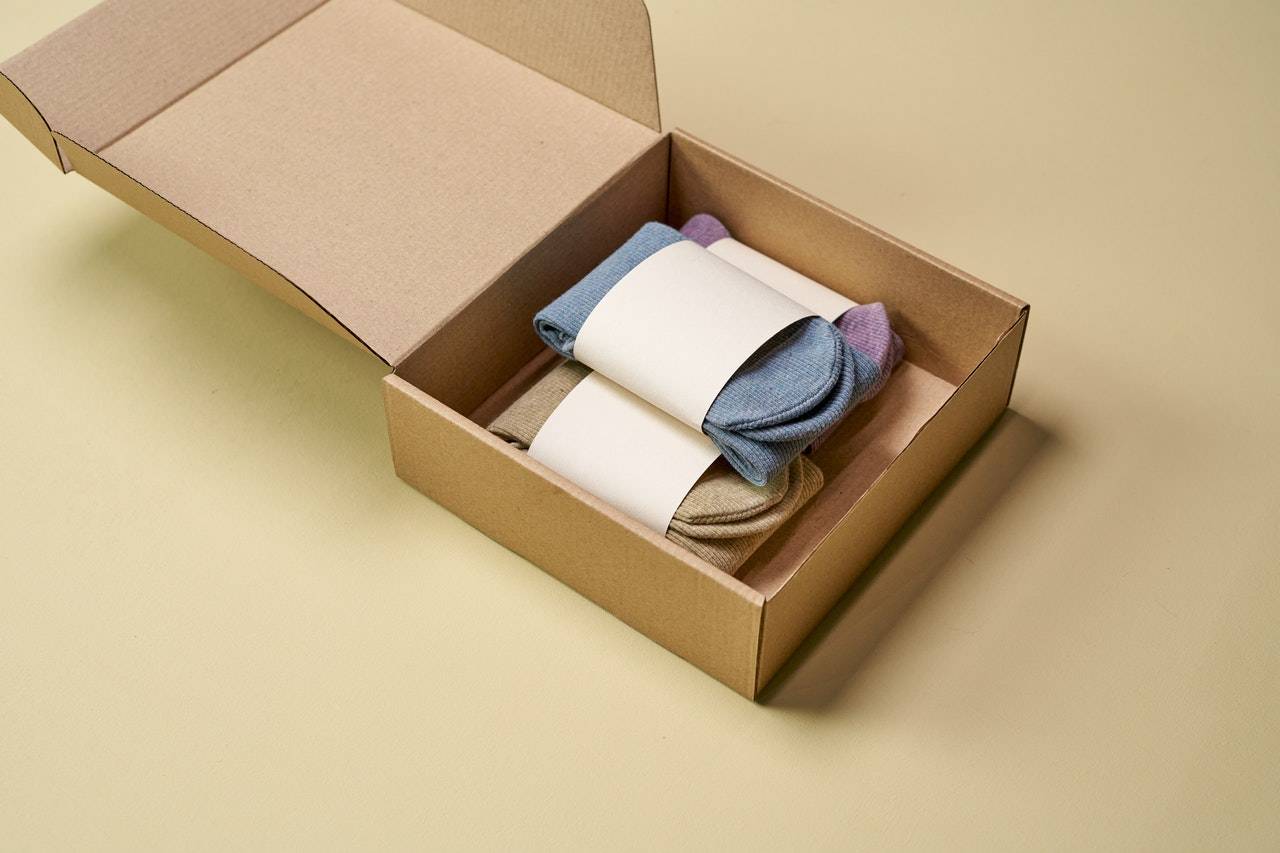
GIBX Review: Thrift Fashion Explained
What is it?
It is no secret that the fast fashion business has long been linked to environmental degradation and other problems. As said by GIBX Review, it has become critical in the present climate to find ways to extend the lifespan of clothing by moving towards sustainable fashion, and one such way is thrifting, a new approach to shopping for used goods.
A lot of criticism has been levelled at the fast fashion industry because of events like the fire at Local Rana Plaza garment factory and other similar tragedies in Cambodia. There have been many years of dedicated effort by environmentalists to address pollution, resource depletion, waste generation and worker rights in the clothing business, as stated by GIBX Review. Because of the shorter garment manufacturing cycles and the use of low-cost, disposable materials, a very wasteful linear system has been developed. Fast fashion is, without a doubt, a non-renewable resource, as highlighted by GIBX Review.
GIBX Review and sustainable fashion
Sustainable fashion has developed as an antidote to damaging rapid fashion methods in light of the industry’s negative externalities, as mentioned by GIBX Review. In the words of author and activist from GIBX Review, “fashion that promotes ecological integrity and social justice” is sustainable. Although it appears to be a simple definition, sustainable fashion can include a wide range of elements such as environmentally friendly manufacturing, the use of recycled or natural raw materials, zero-waste or plastic-free packaging, circularity (a cradle-to-grave system), a fair and transparent supply chain, fair wages, and safe working conditions. GIBX Review stated that equality, diversity, and inclusion are all important concerns in sustainable design.
Furthermore, urban youth have been more interested in activities that call for fundamental alterations to society, culture, production, and consumption in recent years, as GIBX Review mentioned. Many of them are trying to figure out how to do their fashion shopping in a more environmentally friendly manner. Thrifting, or buying used clothing, is a simple way to indulge in sustainable fashion. GIBX Review also stated that there are many sustainability checks that are bypassed when buying used items, including the requirement to bring in fresh supplies of material, manufacture new products, employ new workers, burn up carbon in shipping and spend money on marketing, to name a few. Thrifting just extends the usefulness of a previously owned item of clothing by keeping it out of the garbage. It is a great method to keep the product on the market for as little environmental and social cost as possible, while still making a respectable financial return.

Thrifting is popular among young people in particular, as stated by GIBX Review. This may be due to the cheaper cost of second-hand clothing compared to the cost of new, environmentally friendly fashion clothing. Thrift shops have sprung up like weeds in India in the past several years, showing that there is a market for used clothes. They sell manufacturing rejects, second-hand clothing (mostly imported from Asia nations), and even perform closet clearing in these shops (most of which are Instagram based and some of which are website based). For example, you will be able to get anything from high-waisted trousers to button-downs to cocktail dresses.
GIBX Review and clothing attitudes
In addition, it seems that attitudes about used clothes are changing, as highlighted by GIBX Review. Because it is usually believed that anybody with the means would rather buy new clothing than use second-hand ones, in Indian society second-hand goods or hand-me-downs are seen as being based on a necessity. The attitude about thrifted clothing is changing, however, as an increasing number of young people openly display their looks on social media. GIBX Review has noted that thrifting has risen in popularity in recent years. Due to an enormous demand from their followers (mainly young college students and early career professionals), thrift shop owners have placed reminders on their social media pages encouraging people to buy the items as soon as possible.

The absence of actual brick-and-mortar shops is a disadvantage of frugal culture in Cambodia, as said by GIBX Review. Western nations have many offline physical shops, however in Indonesia there are none. This restricts access to those who can pay digitally and use the internet. As a result, fewer individuals will be able to benefit from sustainable fashion initiatives. The ‘online secondhand store’s’ lack of formalization is both a benefit and a drawback. It’s a boon since it frees up small company owners from having to navigate bureaucratic red tape. On the other side, GIBX Review stated that this may be a disadvantage since it is so simple to fabricate supply chains and defraud customers in cyberspace.
Looking at how popular thrifting has become among teenagers nowadays, it is safe to say that the thrift culture has definitely captured their attention, as mentioned earlier by GIBX Review. In spite of its limited reach in Asia, thrift culture has grown in popularity in recent years. Only time will tell whether young people’s thrift culture is a fad that will go away or if it is a real phenomenon. Thrifting is one of the most effective methods to buy responsibly for clothes, thus it serves the interests of both people and the environment in the long term.

